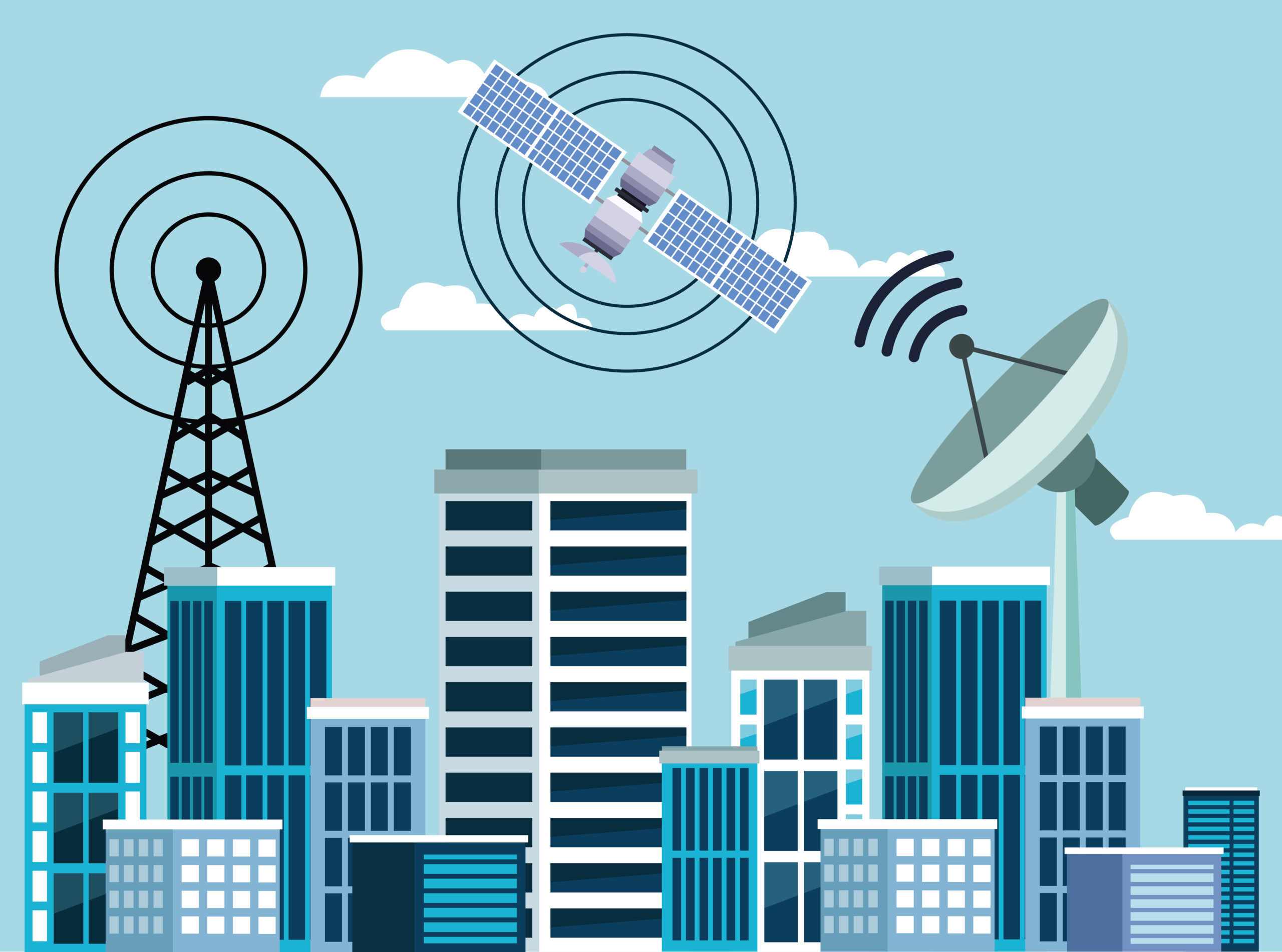The internet has revolutionized the way we live, work, and communicate with each other. It has opened up new opportunities for people with disabilities, allowing them to access information, services, and resources that were previously unavailable to them. However, internet accessibility for people with disabilities is still a major issue, with many websites and online services still inaccessible. In this article, we will discuss the importance of internet accessibility for people with disabilities and the steps that can be taken to ensure that the internet is accessible to everyone.
The term “disability” encompasses a wide range of conditions, including visual, auditory, physical, and cognitive impairments. People with disabilities face unique challenges when accessing the internet, such as navigating websites that are not designed with their needs in mind, using assistive technologies to access online content, and dealing with inaccessible online forms and applications.
Internet accessibility is the process of making websites and online services accessible to people with disabilities. This involves designing websites and online content with accessibility in mind, ensuring that assistive technologies can be used to access online content, and providing alternative formats for online content. Internet accessibility is important for people with disabilities for several reasons.
First, internet accessibility ensures that people with disabilities can access information, services, and resources that are essential to their daily lives. For example, people with visual impairments may rely on screen readers to access online content, while people with physical impairments may rely on assistive technologies to navigate websites. If websites and online services are not accessible, people with disabilities may be unable to access the information they need, such as job listings, educational resources, or healthcare information.
Second, internet accessibility promotes social inclusion and equal opportunities for people with disabilities. Inaccessible websites and online services can create barriers to social participation, limiting opportunities for people with disabilities to connect with others, access services, and participate in social and cultural events. By ensuring that the internet is accessible to everyone, regardless of their abilities, we can promote greater social inclusion and equal opportunities for people with disabilities.
Third, internet accessibility is a legal requirement in many countries. In the United States, for example, the Americans with Disabilities Act (ADA) requires that all online content and services be accessible to people with disabilities. Other countries, such as Canada, the United Kingdom, and Australia, have similar laws and regulations that require internet accessibility for people with disabilities. Failure to comply with these laws can result in legal action and financial penalties.
So, what steps can be taken to ensure that the internet is accessible to people with disabilities? Here are a few suggestions:
- Design websites and online content with accessibility in mind. This means using accessible design principles, such as providing alternative text for images, ensuring that color contrast is sufficient, and using headings and lists to structure content.
- Use assistive technologies to test websites and online content. There are several assistive technologies available, such as screen readers, voice recognition software, and magnification tools, that can be used to test websites and online content for accessibility.
- Provide alternative formats for online content. This could include providing audio descriptions for videos, providing transcripts for podcasts, or providing accessible PDFs for downloadable content.
- Educate website designers and developers about internet accessibility. Many website designers and developers may not be aware of the importance of internet accessibility or the steps that can be taken to ensure that websites are accessible to people with disabilities. Education and training can help to raise awareness and promote best practices for internet accessibility.
- Work with disability advocacy organizations to promote internet accessibility. Disability advocacy organizations can provide valuable insights into the needs and challenges of people with disabilities when accessing the internet. Working with these organizations can help to ensure that internet accessibility is prioritized and that the needs of people with disabilities are taken into account when designing websites and online content.
In conclusion, internet accessibility is essential for people with disabilities to fully participate in modern society. It is not just a moral obligation but a legal requirement in many countries. We must work together to ensure that the internet is accessible to everyone, regardless of their abilities.








